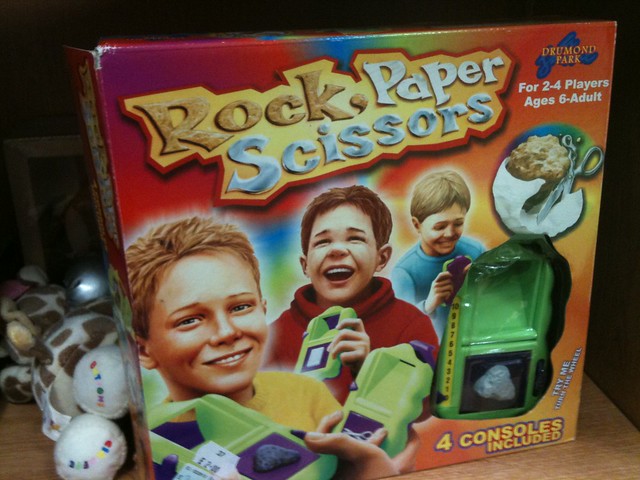
Loading ...
Thanks for checking out my DrawBot Adventure Series. For the last 13 months I’ve been blogging all about my adventures in learning basic Arduino skills, basic robot building skills, applying my limited soldering skills, talking about my numerous fails and occasional triumphs, in building a drawing robot. So far I’ve racked up 66 blog posts about drawing robots (which is about 5/month) and shared all of my designs and improvements freely on Thingiverse.
But, this is really just me typing up stuff as it occurs to me. I would rather write a bunch of stuff you want to read. So, I would really appreciate it if you could take a minute and let me know – what do you want to know about awesome Arduino powered drawing robots? Please take a quick moment and let me know. If you don’t see an option above that suits you, please leave a comment.
After you’re done, you may want to check out some of the posts in the series in the links below! I’d suggest starting here.
Default Series Title



